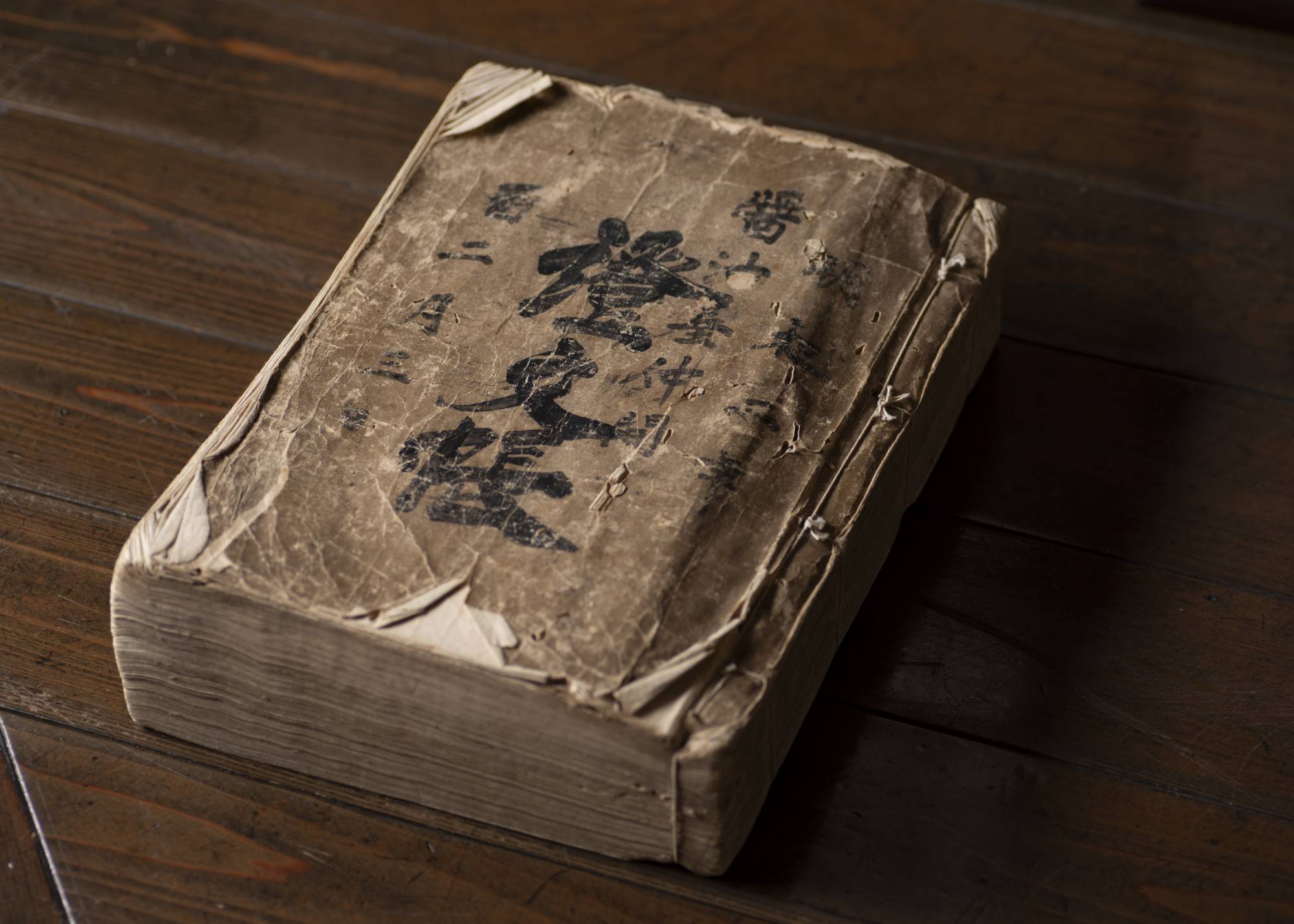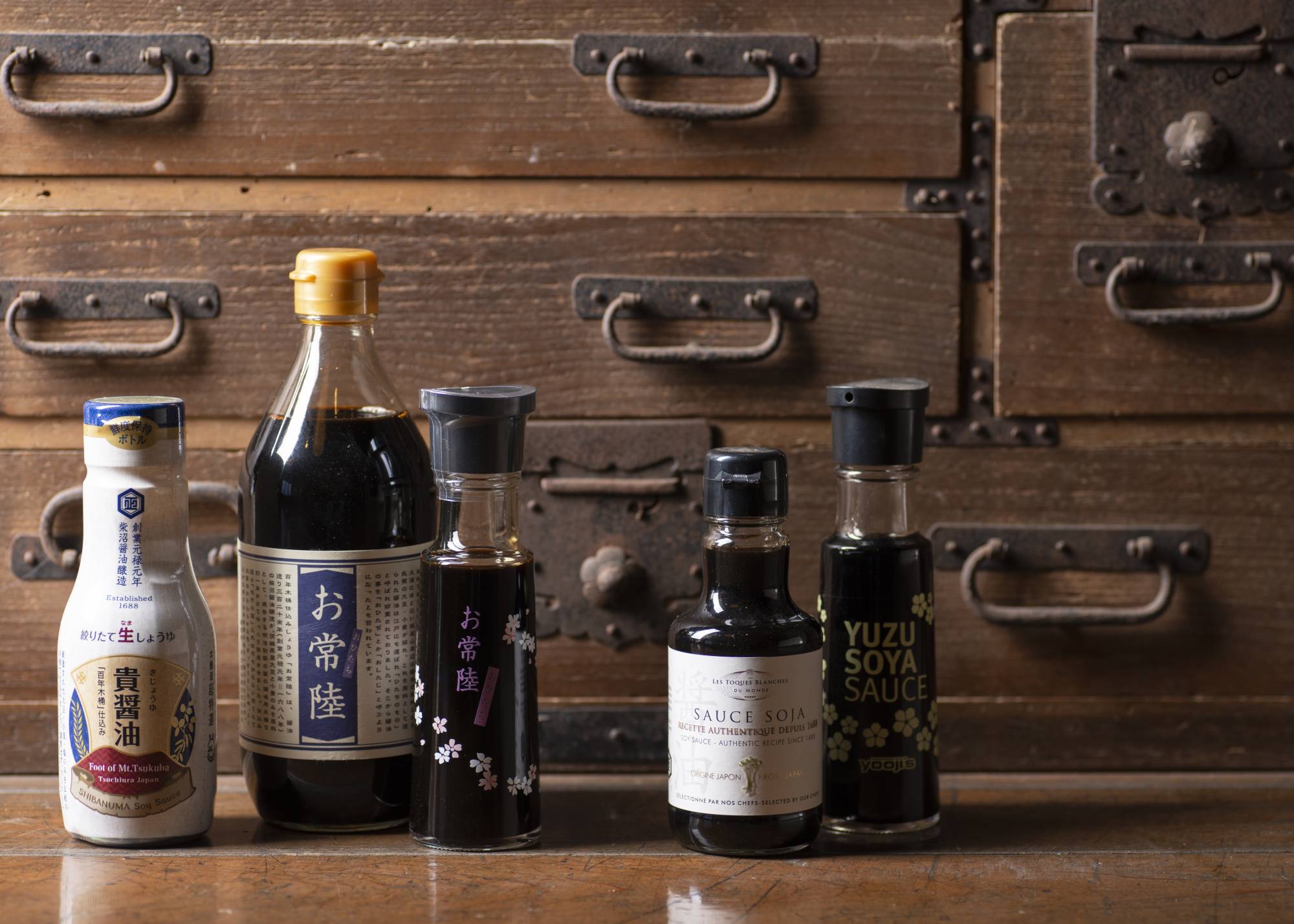Sixty-seven wooden vats, clad in woven bamboo hoops, tower to the storehouse ceiling. Casting a fond eye on them is Kazuhiro Shibanuma, the 17th-generation head of Shibanuma Soy Sauce, which has been making the seasoning for over 330 years in Tsuchiura, Ibaraki Prefecture.
The vats, he says, are 150 years old and have been in continuous use. “This is where we ferment our soy sauce,” Shibanuma explains. “These vats are said to last 300 years, and every one houses a slightly different mix of microorganisms. Our master brewers are familiar with the quirks of the microbes in each vat, so they know how much to stir the sauce and how far along the fermentation has progressed.” Known for its abundance of water, Ibaraki has long been a grower of quality soybeans and wheat. The area’s lakes and rivers also facilitated the transport of goods to Edo (now Tokyo), making soy sauce a regional specialty since the Edo Period (1603-1868).




